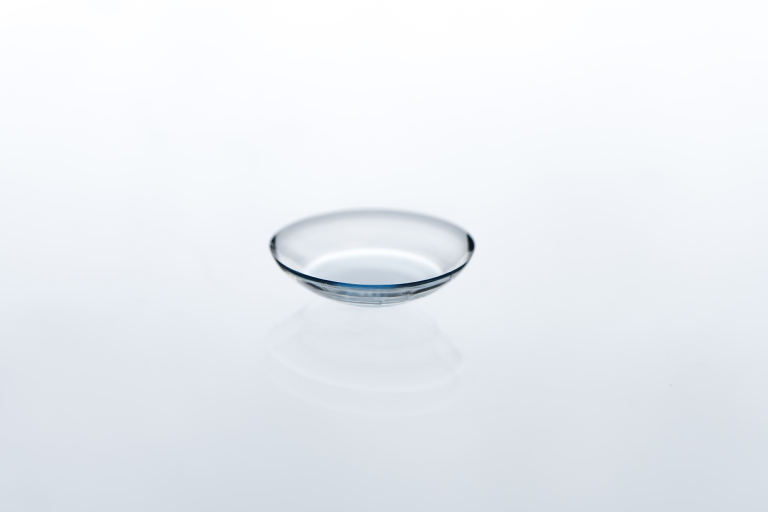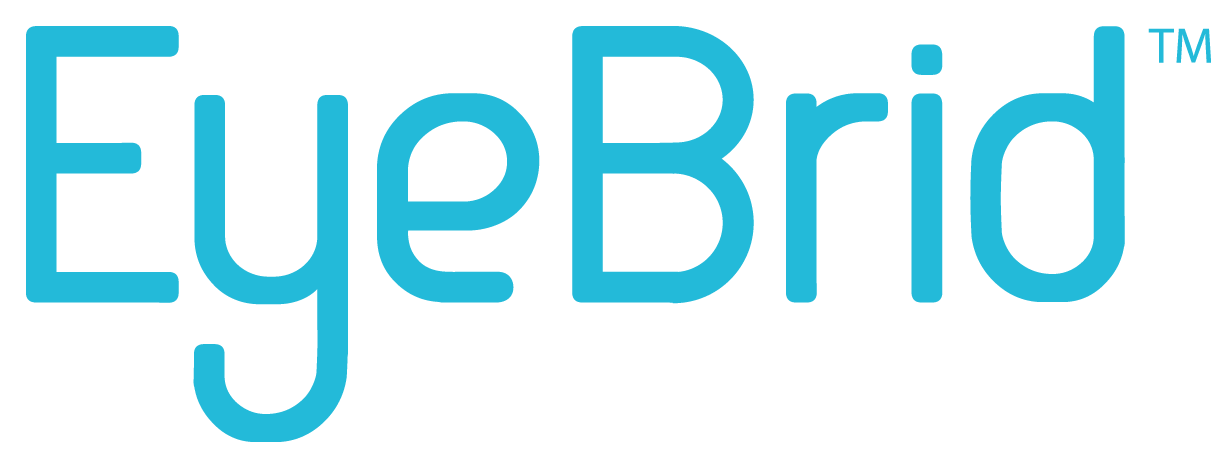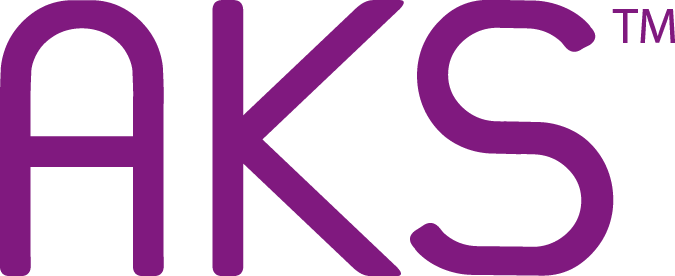Our lenses for
Keratoconus
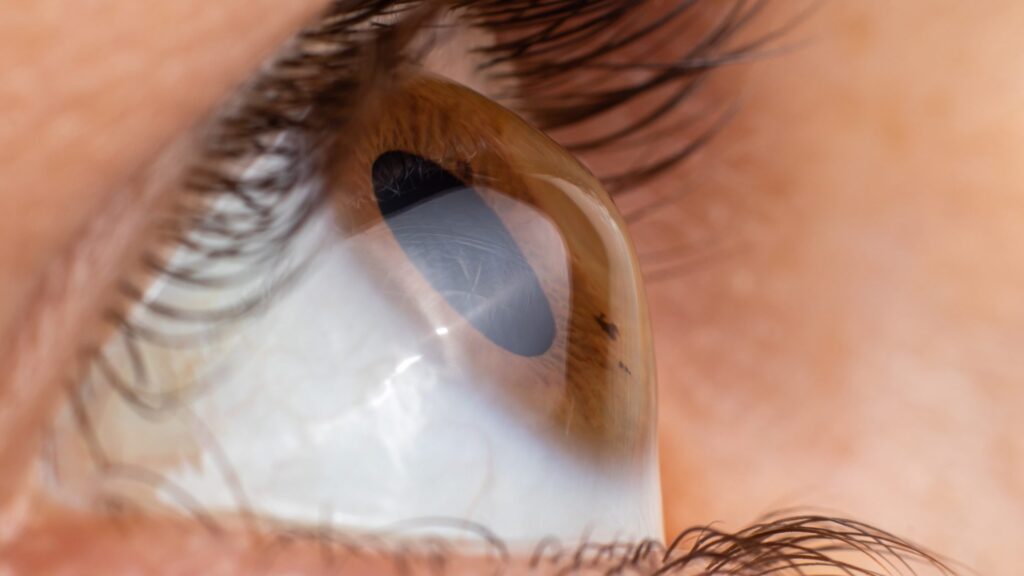
What is keratoconus?
Keratoconus is a deformation and thinning of the cornea. It causes vision problems that cannot be compensated for by glasses and requires the wearing of specialised lenses.
Compatible lenses
Lenses

What is a rigid lens?
The rigid lens is a small-diameter, non-hydrated lens that allows oxygen, essential for the cornea, to pass through.
It provides stable, clear vision throughout the day.
Rigid lenses can compensate for all visual defects. Because they are thicker than soft lenses, the eye needs a few days to get used to them. After this period of getting used to them, rigid lenses offer very good comfort.
Here are a few tips to help you get used to them:
- Increase the wearing time gradually, based on your contactologist’s recommendations, and wear them every day.
- If necessary, use comfort drops depending on how you feel (working on a screen, feeling dry, etc.).
- Read up on proper handling techniques.
- Look after your lenses properly.
- Avoid irritating environments (dangerous or irritating fumes, low-humidity atmospheres such as aeroplanes).
- Talk to your contactologist.
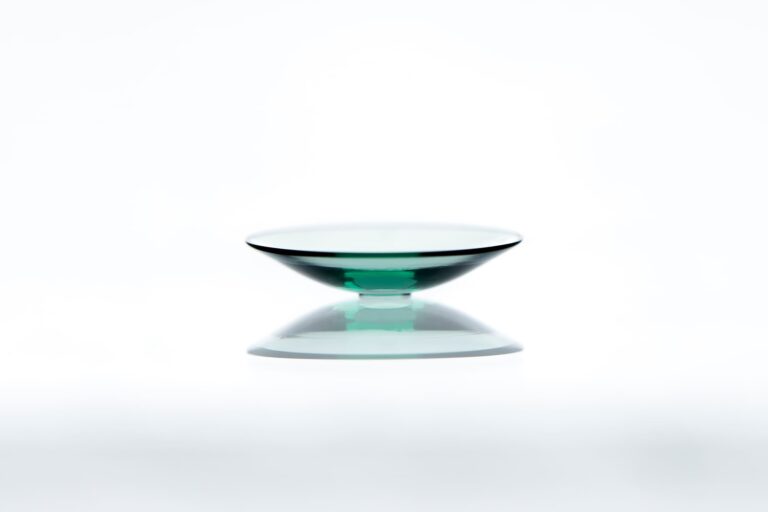
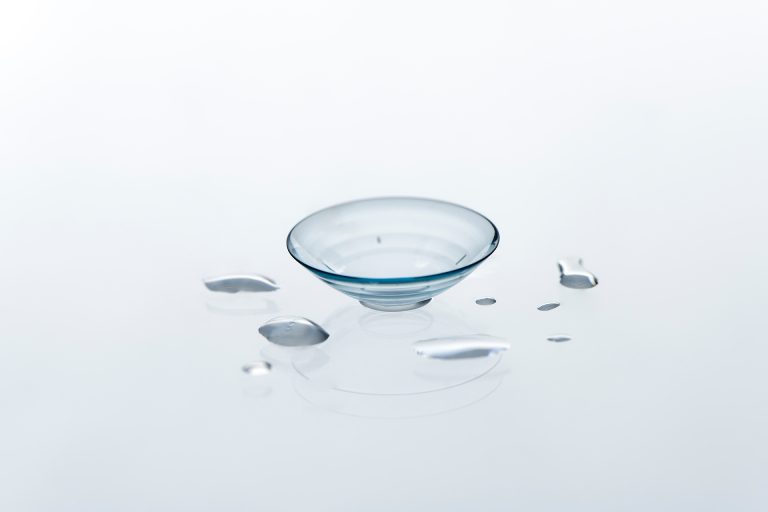

What is a scleral lens?
A scleral lens is a lens that bridges over the cornea and comes to rest on the white part of the eye.
A tear reservoir is located between the lens and the eye to ensure comfort and clear, stable vision, even with irregular corneas.
The scleral lens is strongly indicated for .
- severe dryness
- corneal deformities
- damage to the corneal surface
- failure to adapt to rigid or hybrid lenses.
You should use single-dose, preservative-free saline solution to insert the lens.

What is an EyeBrid hybrid lens?
The EyeBrid is made of two materials: a rigid part in the center and a soft part on the periphery. It combines the visual quality of a rigid lens with the comfort of a soft one.
It is indicated for all visual defects and is available in a progressive version.
EyeBrid lenses are made from a hybrid material, also known as a “hybrid blank”. A palet is a small cylinder into which the lens is cut. LCS is the world’s only manufacturer of hybrid blank.
EyeBrid lenses are renewed every 6 months.
